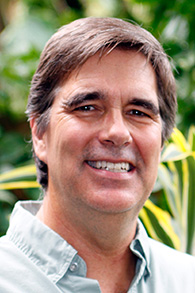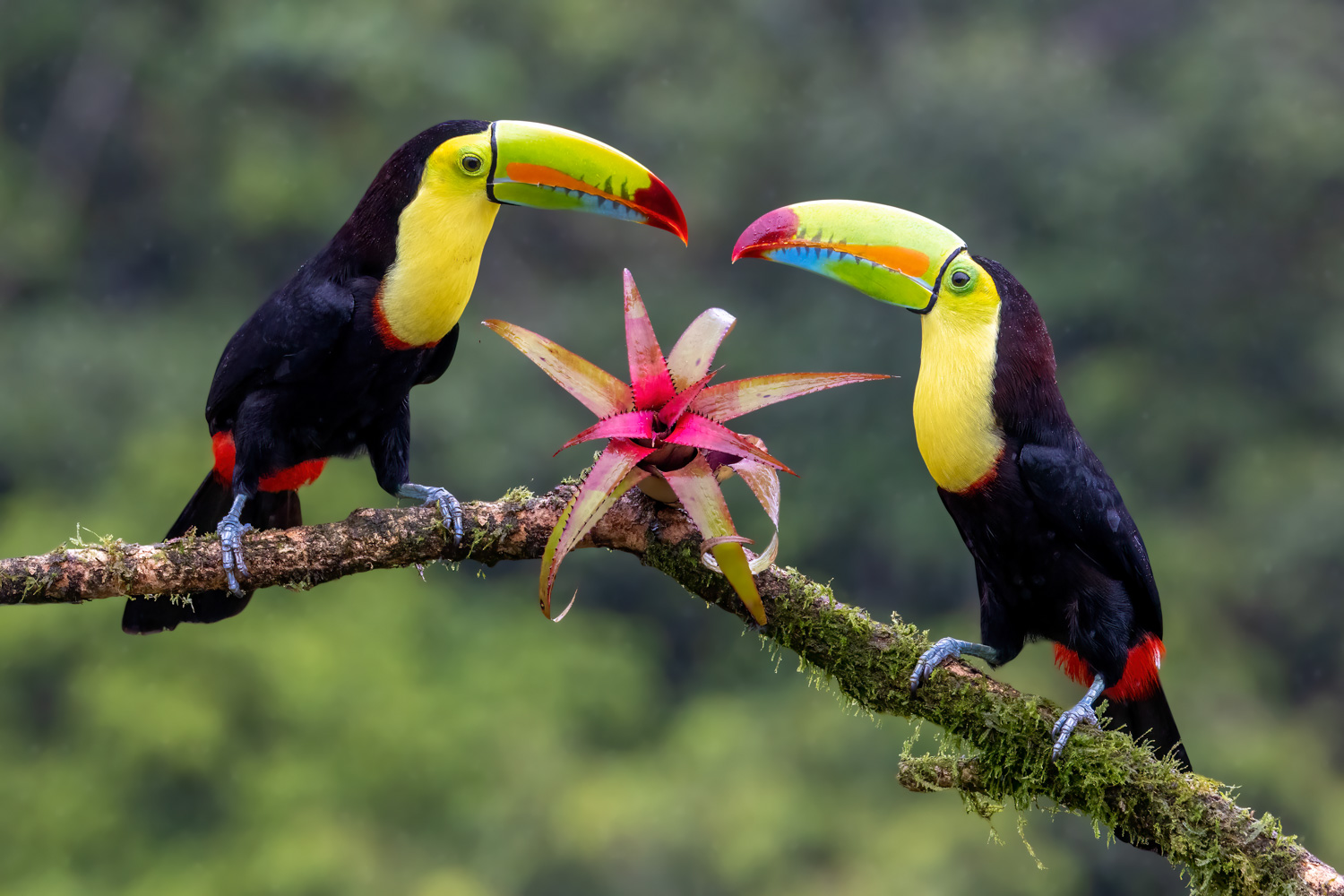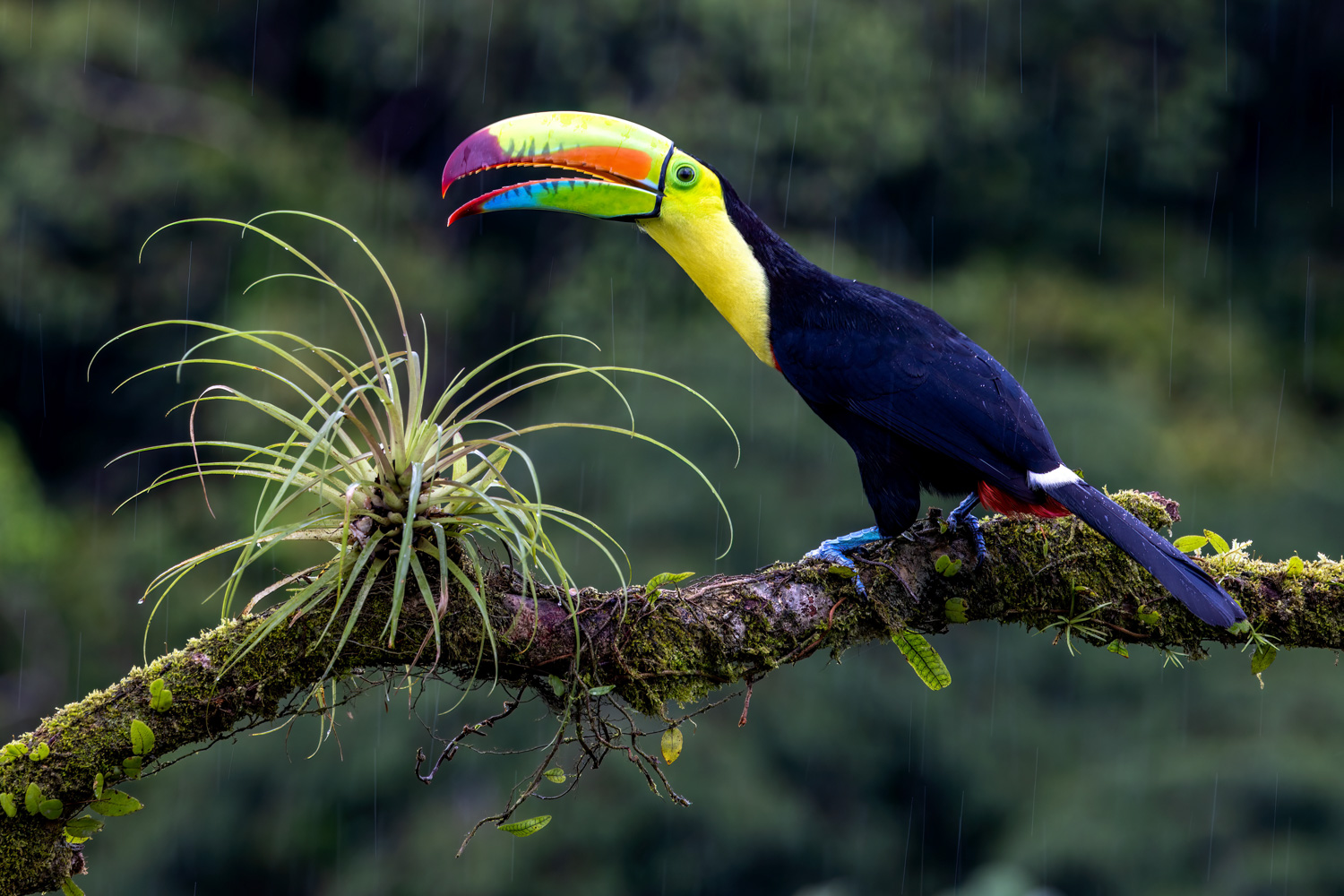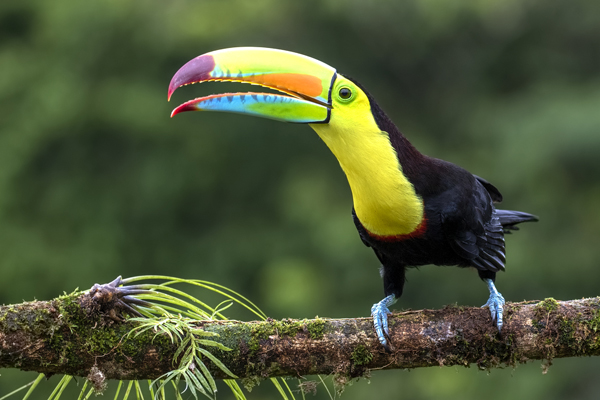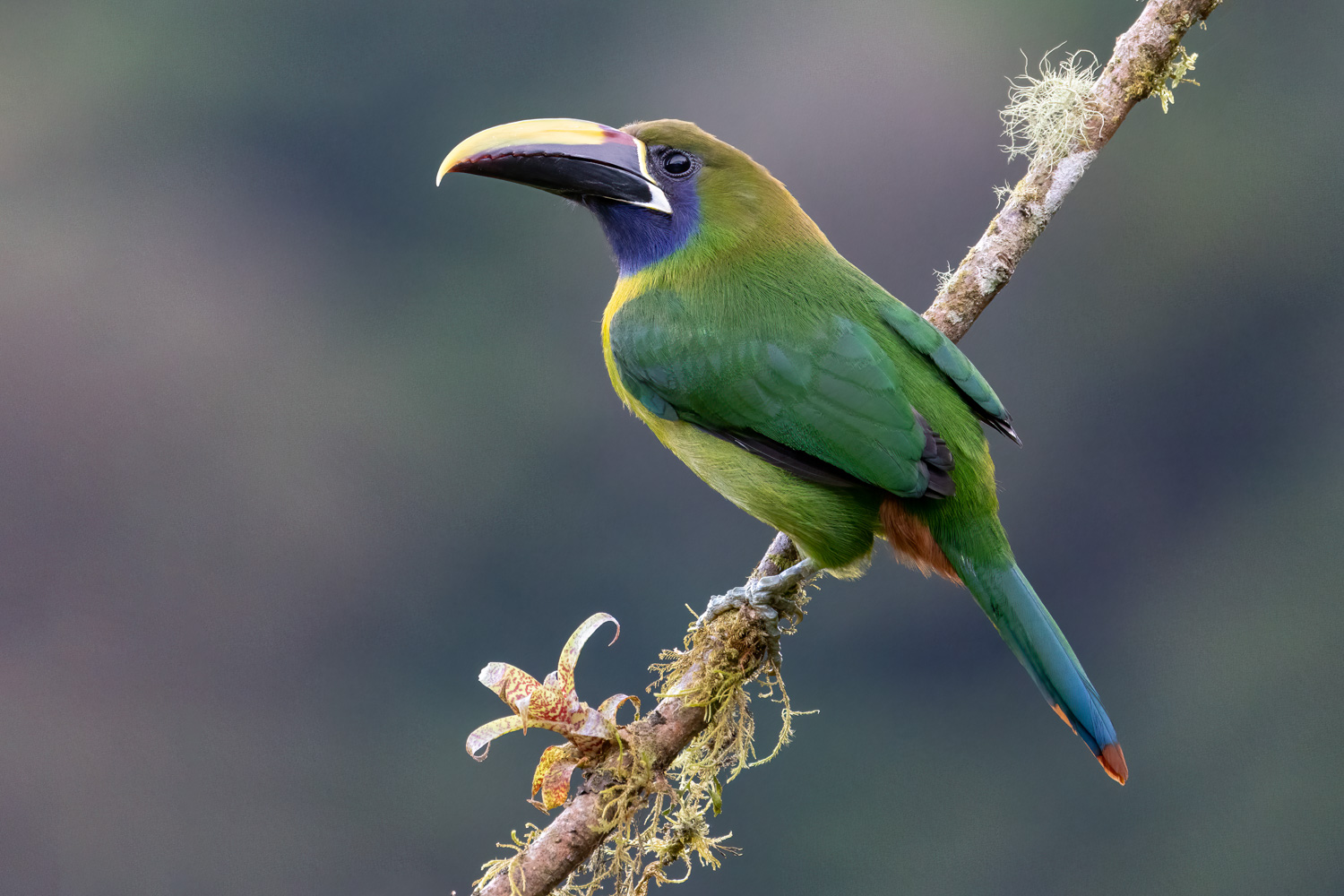Our Costa Rica Green Season tour coincides with the end of the rainy season when the forests are at their lushest. The bird activity is also at its peak while the trees are just beginning to bear fruit. This makes it easier for us to see and photograph the cornucopia of birds and other wildlife that dwell in these verdant habitats.
If you are wondering how a small country can support such a variety of wildlife, the answer lies in topography. While both the western and eastern borders of the country lie at sea level, the interior of the country rises more than 12,500 feet into the sky. And each level, from the lowlands, and the foothills up to the highlands, supports its own variety of plants and animals. Which is exactly why we visit all three biomes during our tour.
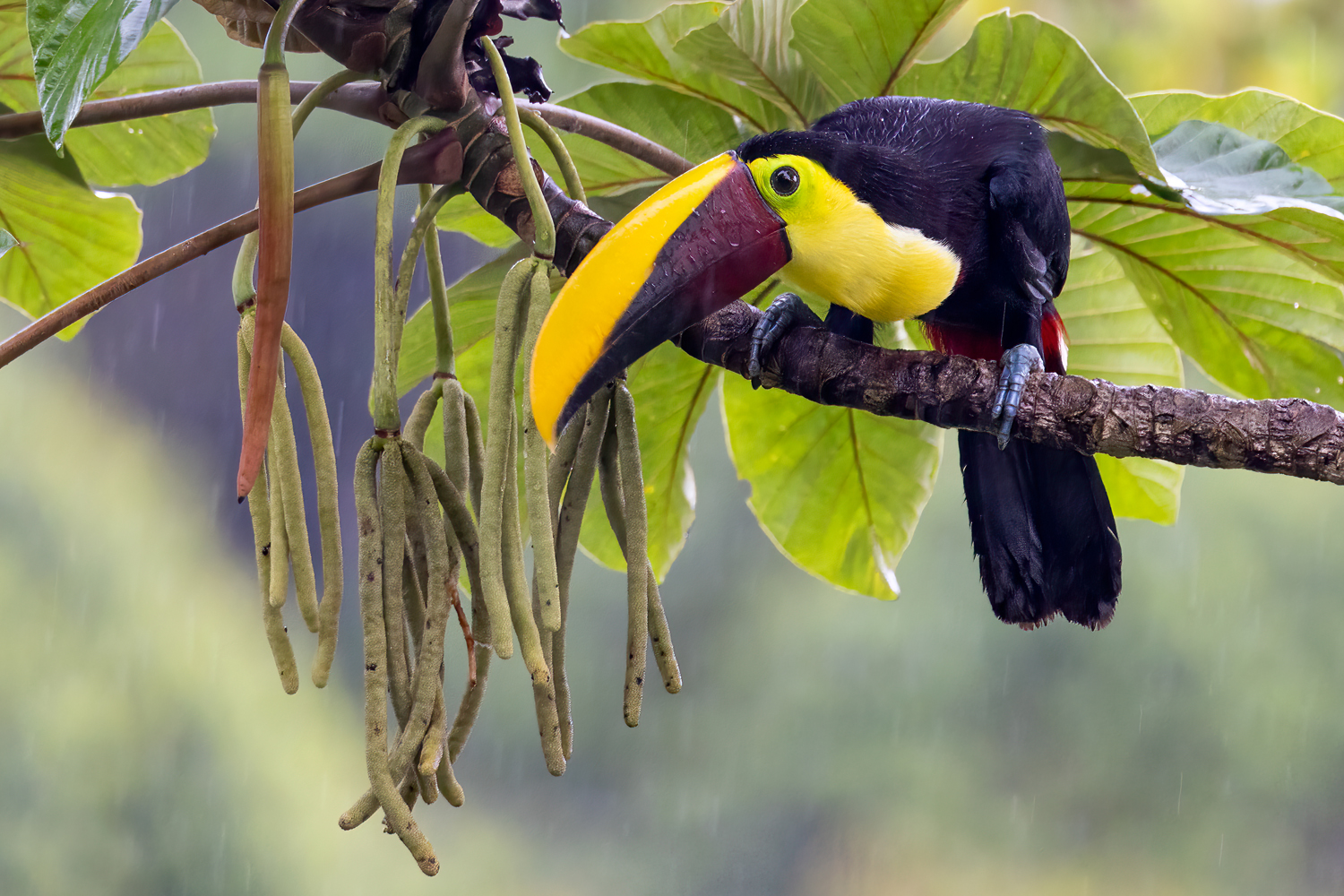
After a three-hour drive in our comfortable, air-conditioned bus, we start our photo adventure at one of the most productive photography lodges in the country. It is in the steamy Caribbean lowlands and is surrounded by lush forests full of birdlife. The humidity and the warm temperatures let us know we are very deep into the rainforest. During the three days that we spend here we photograph dozens of species, and not just birds. We photograph several potentially dangerous denizens in complete safety. Eyelash vipers, fer-de-lance, hognose viper, and boa constrictors are all possible subjects. And on a smaller scale, poison dart frogs including the green and black and the blue-jean poison frog always find their way in front of our lenses.
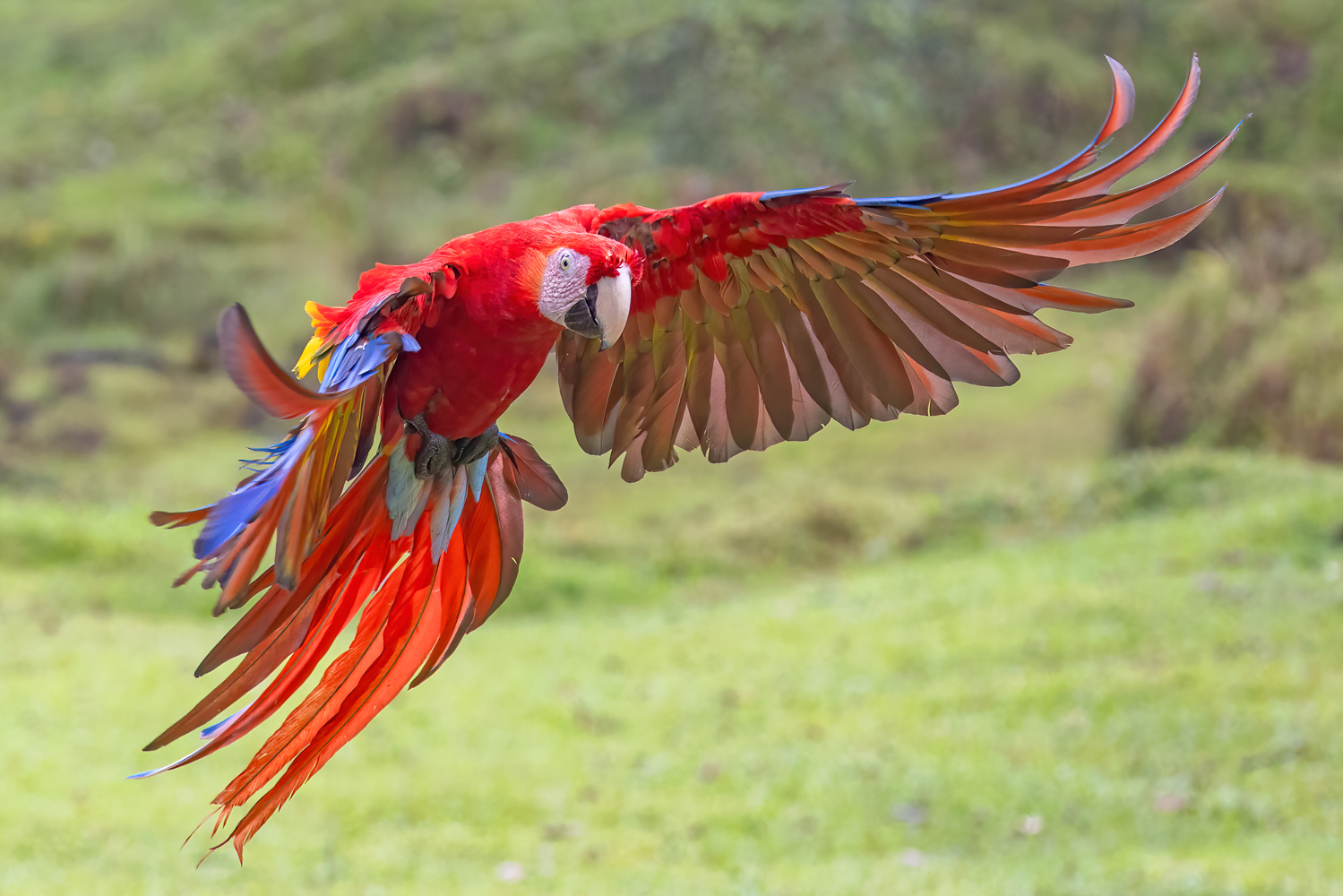
The birdlife in the lowlands is almost inexhaustible. We shoot at our main feeding stations from a covered deck completely protected from any weather. We have all natural perches covered in moss and epiphytes at each station that are changed out daily providing us fresh new branches for our images. Three species of toucan, including the iconic keel-billed toucan, yellow-throated toucan, and collared araçari regularly visit our feeding stations where we hang bananas to attract the birds to within about 20 feet from our lenses.
Brown-hooded parrots, Baltimore and black-cowled orioles, three species of vibrant honeycreepers, two different woodpeckers, and a half-dozen colorful tanagers continuously visit our perches while scarlet macaws, great green macaws and red-lored parrots vociferously fly overhead. Here we also have the unique opportunity to photograph one of the largest and most ornate vultures in the world, the king vulture. Its stark white feathers tipped in black and colorful head make it extremely photogenic. Our first shoot with the king vultures was hampered by bad weather and the vultures all kept their distance. The next morning, we had the opportunity to shoot from the blinds again and were rewarded with more than 20 of these magnificent vultures in sight at the same time. Scattered rain showers came through which led to some excellent shots of perching king vultures in the rain.
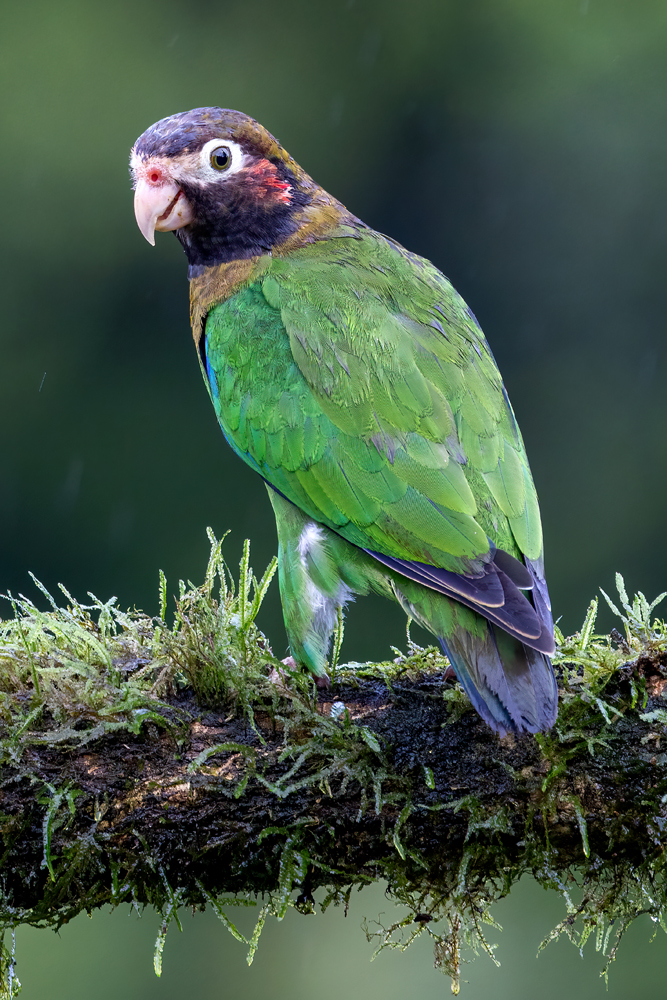
While our tour is timed to be at the end of the rainy season, it never really stops raining completely in Costa Rica. The mornings are usually clear while the rains come later in the afternoon and evening. Most rain is fleeting but an hour-long deluge is always possible. Rain is really a very good thing for us. Nearly all our photo locations are protected from the rain. The rain stimulates bird activity and really energizes the frogs. And as we experienced with the vultures, the rain often makes a wonderful background for perching birds.
Our second lodge is also in the Caribbean lowlands and is surrounded by first growth forest and a running river. From this lodge we ventured out to a location to photograph scarlet macaws and great green macaws in flight and perched in the surrounding trees. Directly on the lodge property, we’re able to photograph completely wild poison dart frogs roaming the forest floor. The brightly colored blue-jean poison frog has a rasping call, much like a small cicada might, that is loud enough to travel quite a distance. We use this call to pinpoint them for our cameras. The green and black poison frog also lives here and is extremely quiet. But it is much larger, nearly two inches long and can be found hopping through the leaf litter while it feeds on small insects. The poison frogs are diurnal, active during the day. And a good hard rain brings them out in large numbers. At night, we use special lighting techniques to photograph another iconic rainforest denizen, the red-eyed tree frog. Unlike the poison frogs, the red-eyed tree frog sleeps all day and emerges at dusk to actively court mates and feed. Rain makes them very active as well. And this year we had many frogs to choose from.
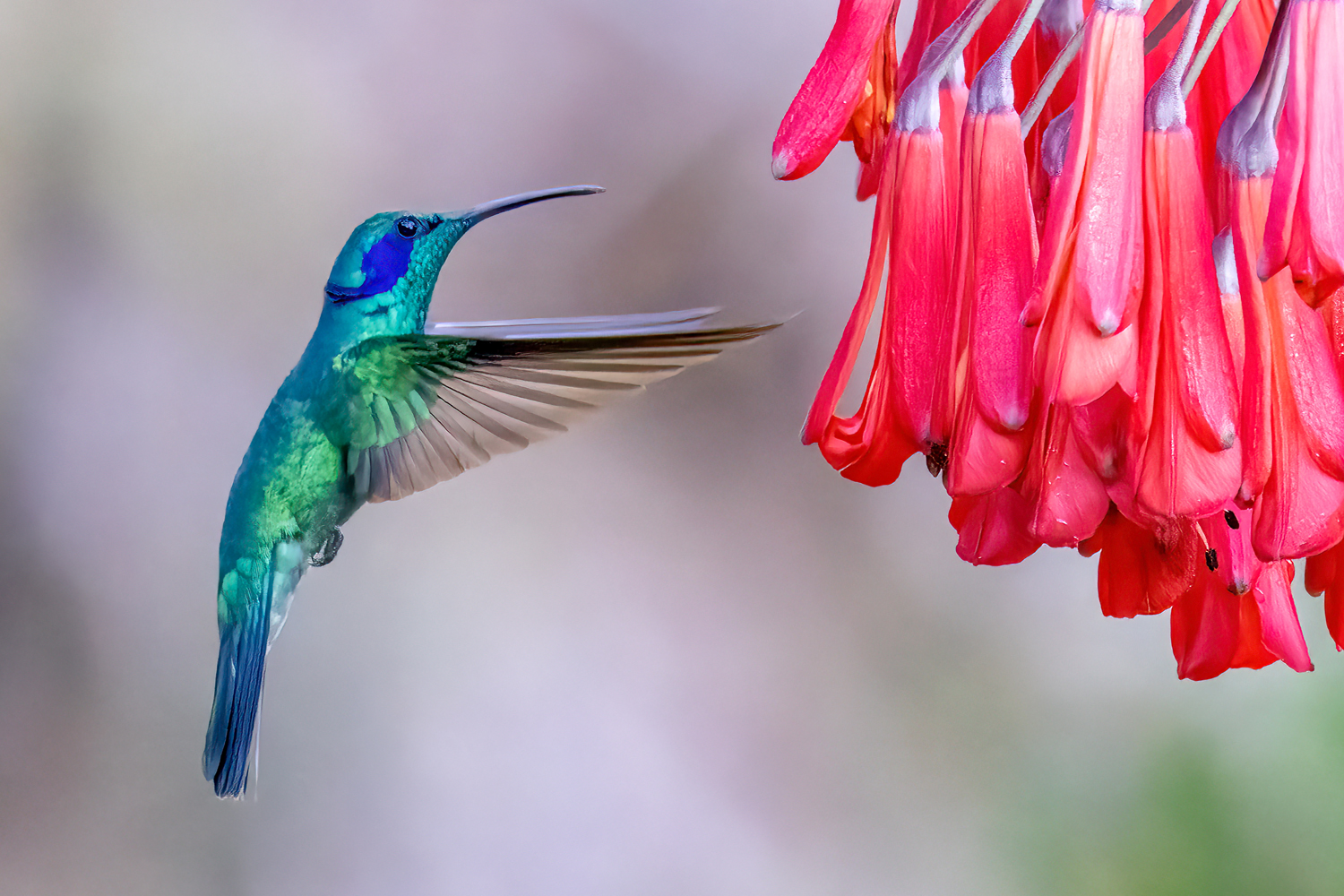
Leaving the humid lowlands, we begin our sojourn upward to the foothills, at 3000 ft. When conditions are right, we set up our multi-flash systems to capture hummingbirds in flight. This year, the hummingbirds were not very accommodating, so we went to plan B. A short drive from the lodge we visit a large park with a lake that is excellent for photographing aquatic birds like anhingas, jacanas, purple gallinules, green herons, great blue herons, and southern lapwings. Missing out on the hummingbirds here isn’t all that bad because later in the tour we’re able to photograph several species of hummingbirds in flight using natural light.
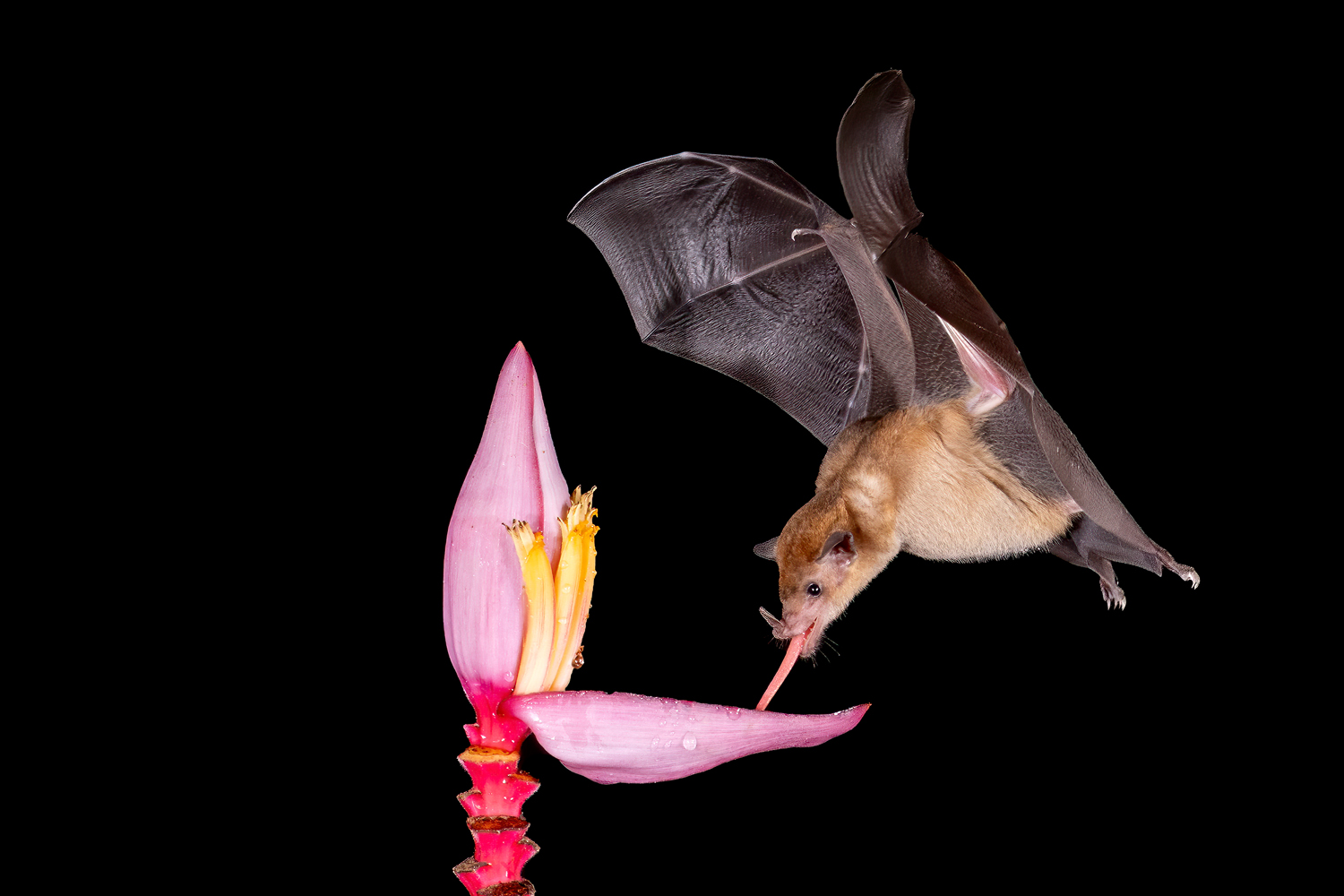
But just because the hummingbirds were uncooperative doesn’t mean that our high-speed flash gear remains packed away. It’s here where I set up the gear ten minutes into the forest to photograph bats in flight at night. Unlike the hummingbirds, the bats were very active this year and we had two hours of non-stop photography. They were flying in every five to ten seconds and triggering our strobes.
As we stood there, a flight pattern materialized. The bats often flew from the trees behind us directly through the group on their way to the flower. We could hear their fluttering wings in the pitch blackness. Then, about five seconds later, the flashes would fire, and another image was burned onto our memory cards. Within two hours, several hundred frames had been captured on that first night. It was some of the very best bat action I’ve seen in all my trips there. When the bat activity is this good, we usually don’t need to set it up again the next night. But it is difficult to pass it up. So, the next night, we did it again and came away with many more excellent shots of one, two and even three bats in one frame. Most bats we photograph are orange nectar bats. We also occasionally photograph a stray Palla’s long-tongued bat. This year we were fortunate and photographed both.
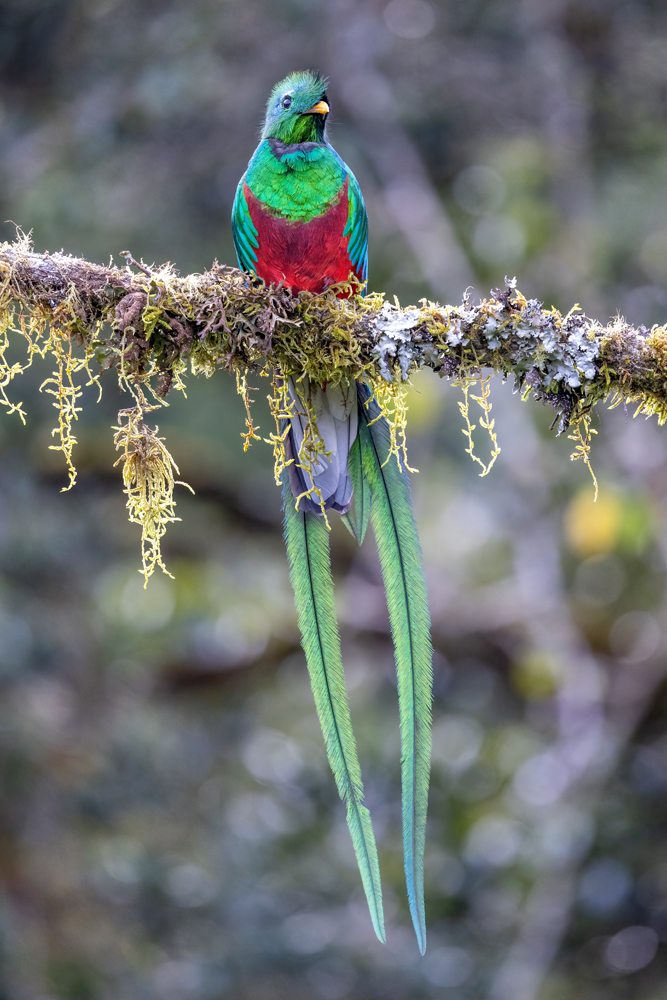
From here we continue upward into the chilly highlands (9000 ft.) to photograph other birds found only at these elevations. It is here where we get to photograph one of the most beautiful birds in a Costa Rica—the resplendent quetzal. The males sport two covert feathers that can be three feet long or even longer. Add to that their brilliant green and red plumage and you have one of the most stunning birds there is. We spend the better part of three days with the quetzals assuring ample opportunities for great photography.
This year, we had at least four different males and two females to photograph as they fed on the tiny avocados that make up much of their diet. They swallow these olive-sized avocados whole and then regurgitate the seed once the flesh has been digested. Back at the lodge in between shoots, there are several hummingbird feeders and nearby flowers that attract about six species of hummingbirds. This is one of two locations where we capture hummingbirds in flight using natural light.
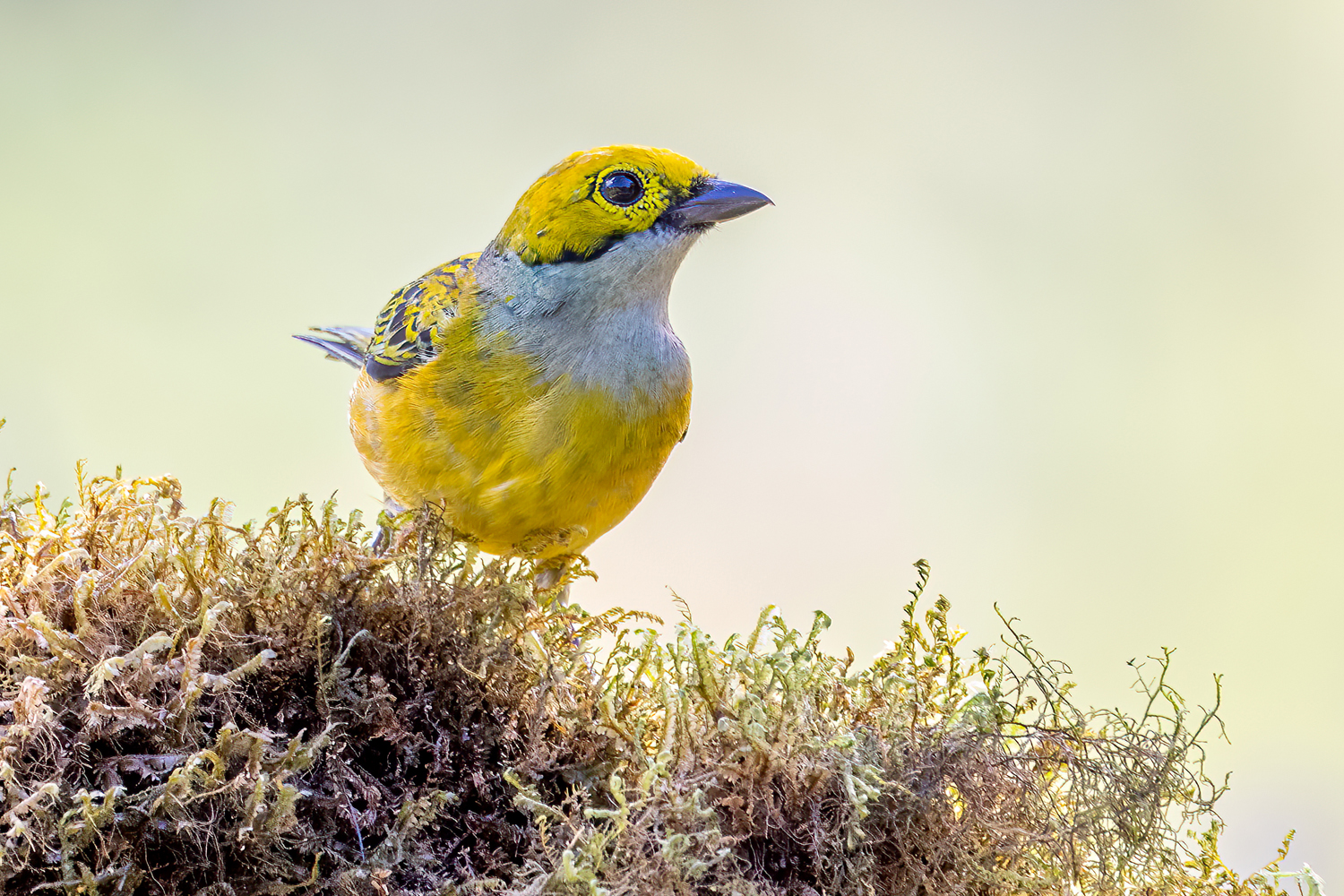
Finishing up with the quetzals, we dip down to about 7000 feet to our final lodge with meticulously maintained manicured gardens. It is a great place to rejuvenate a bit after a very active tour. But we aren’t done shooting yet. We have one final feeding station to visit here where we add several new species like the acorn woodpecker, silver-throated tanager, and flame-colored tanager to our growing list. We also shoot more hummingbirds in flight using natural light. The lesser violet-eared hummingbird was especially cooperative this year, and everybody got excellent pictures of them feeding on the colorful flowers.
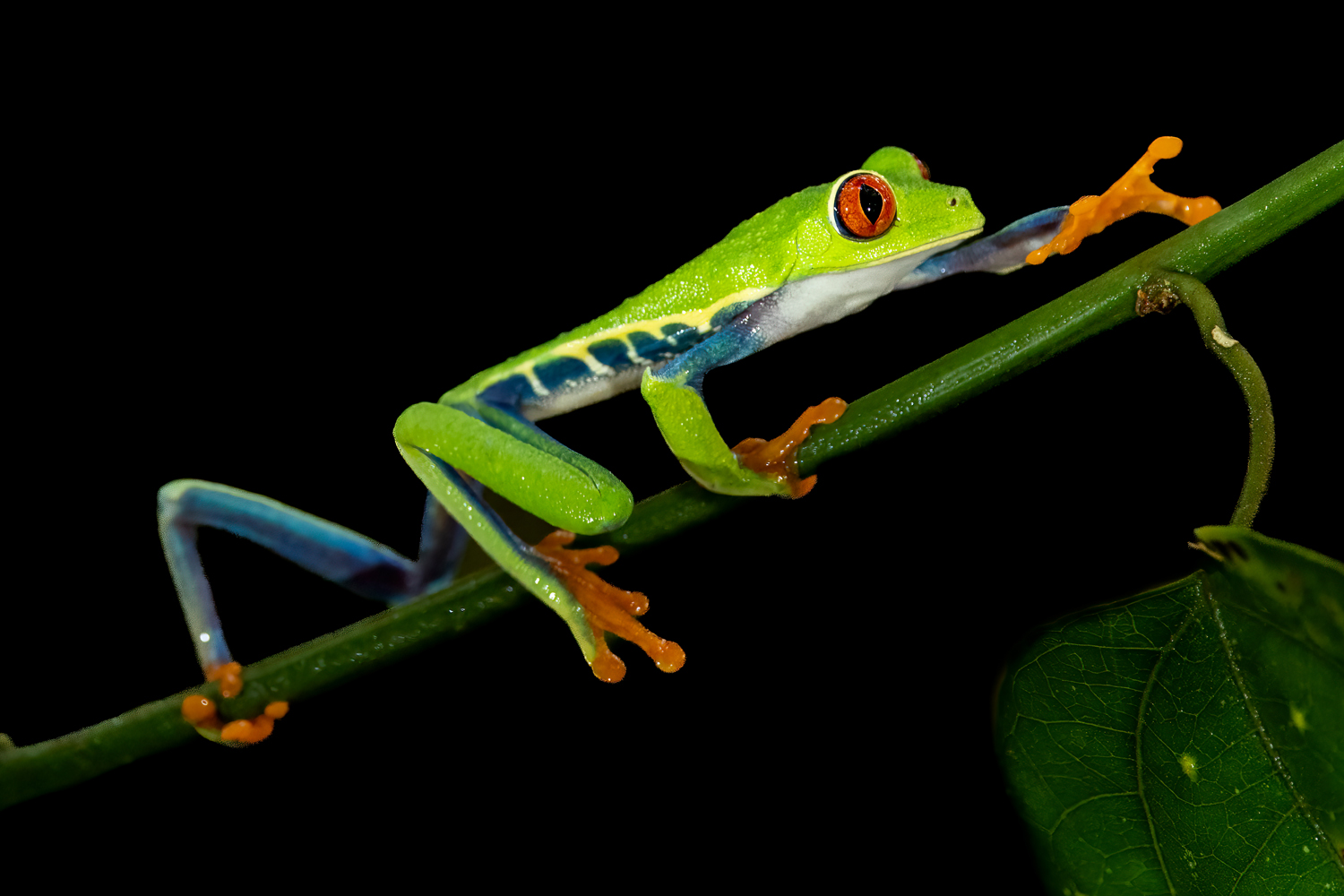
Arriving back at our original hotel near the airport we have time to clean up and head to dinner. As always, dinner is not a quiet affair. Laughter and smiles abound as everyone recalls the adventures and multitude of species photographed during our Costa Rica adventure. Our Costa Rica tours are always high-volume shoots as we are surrounded by exciting subjects every day. When the only complaint I hear is “It’s going to take me forever to go through all these images,” I know it was another great trip! Can’t wait to get back!

